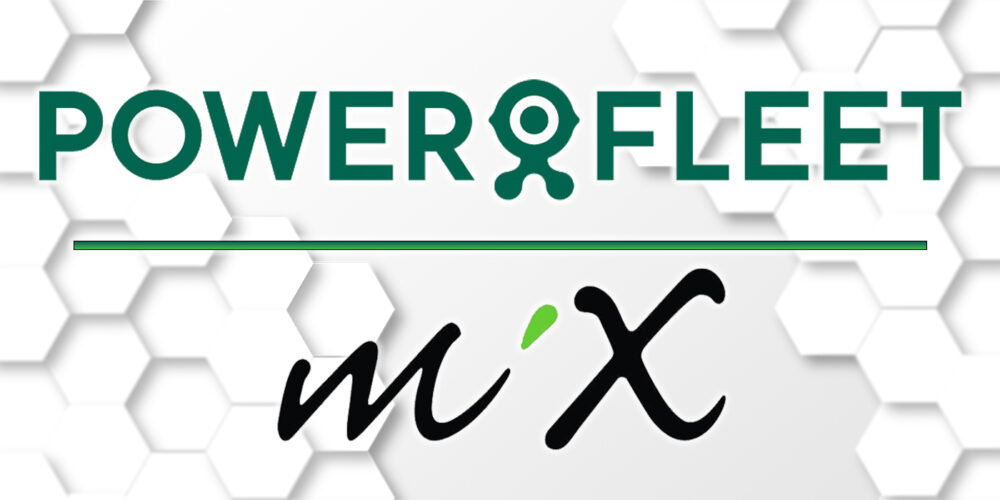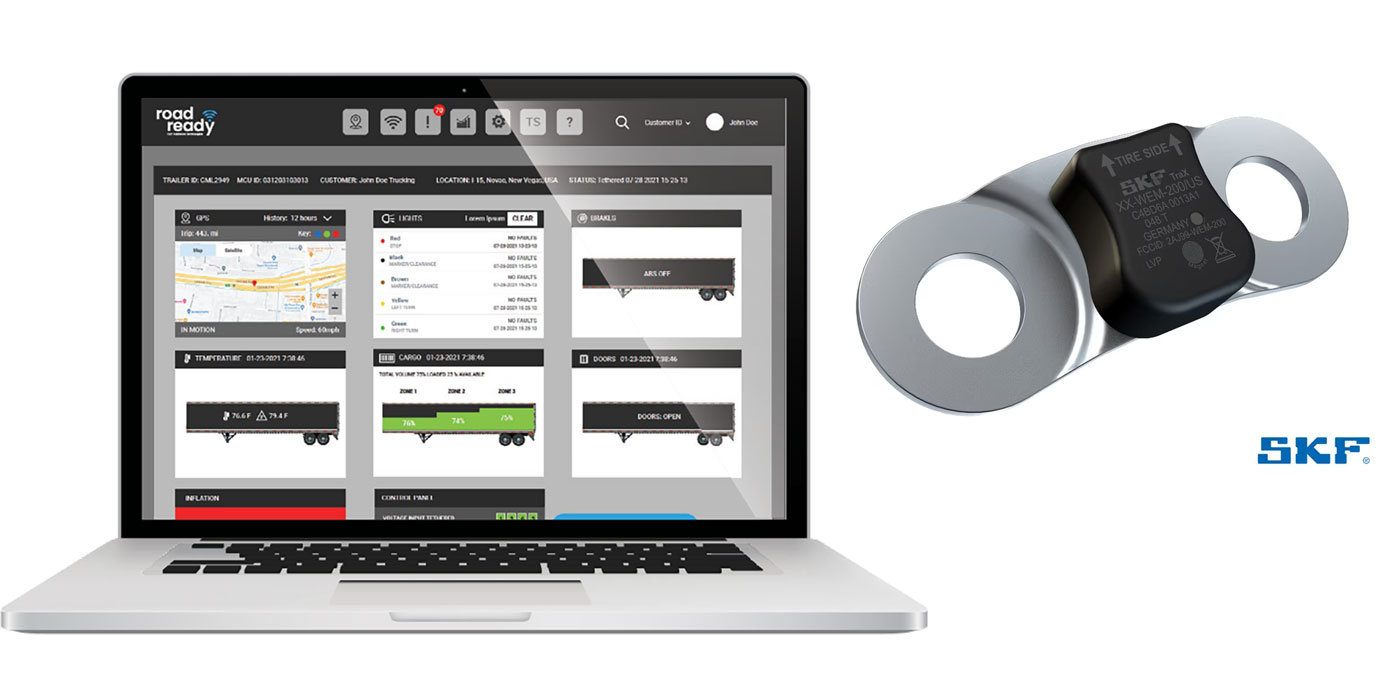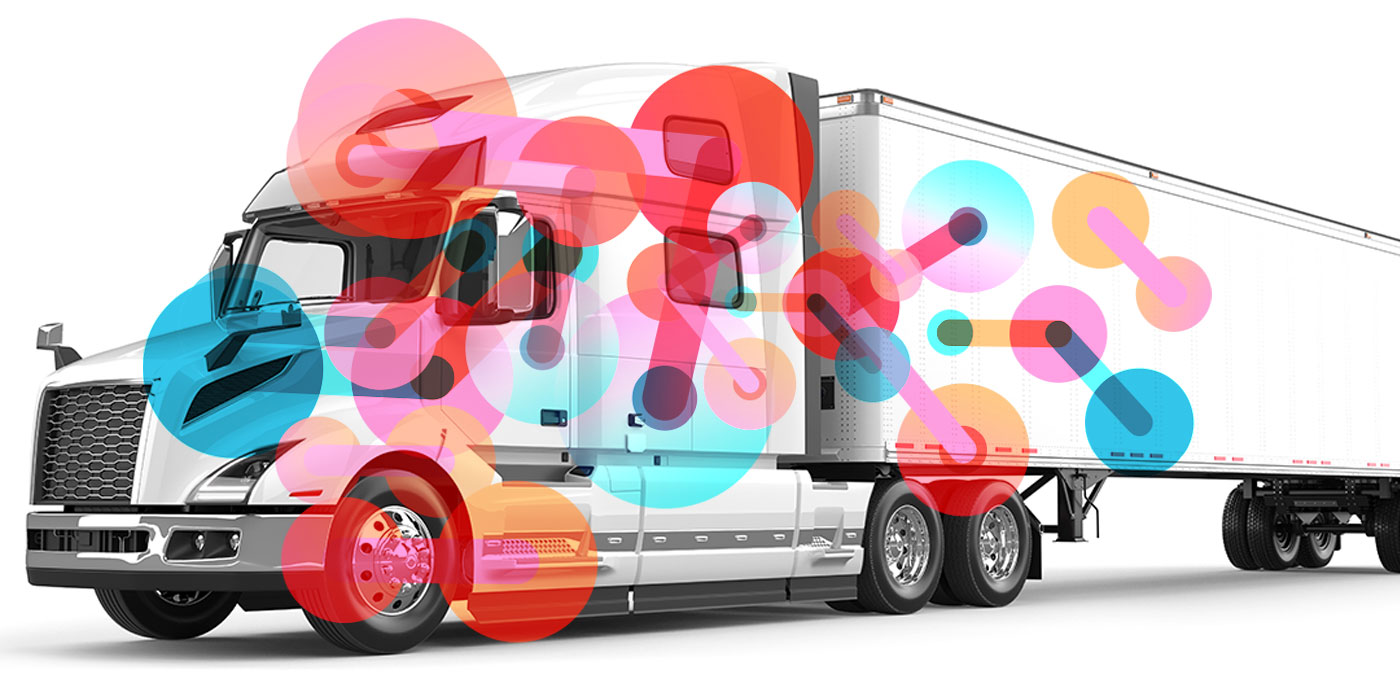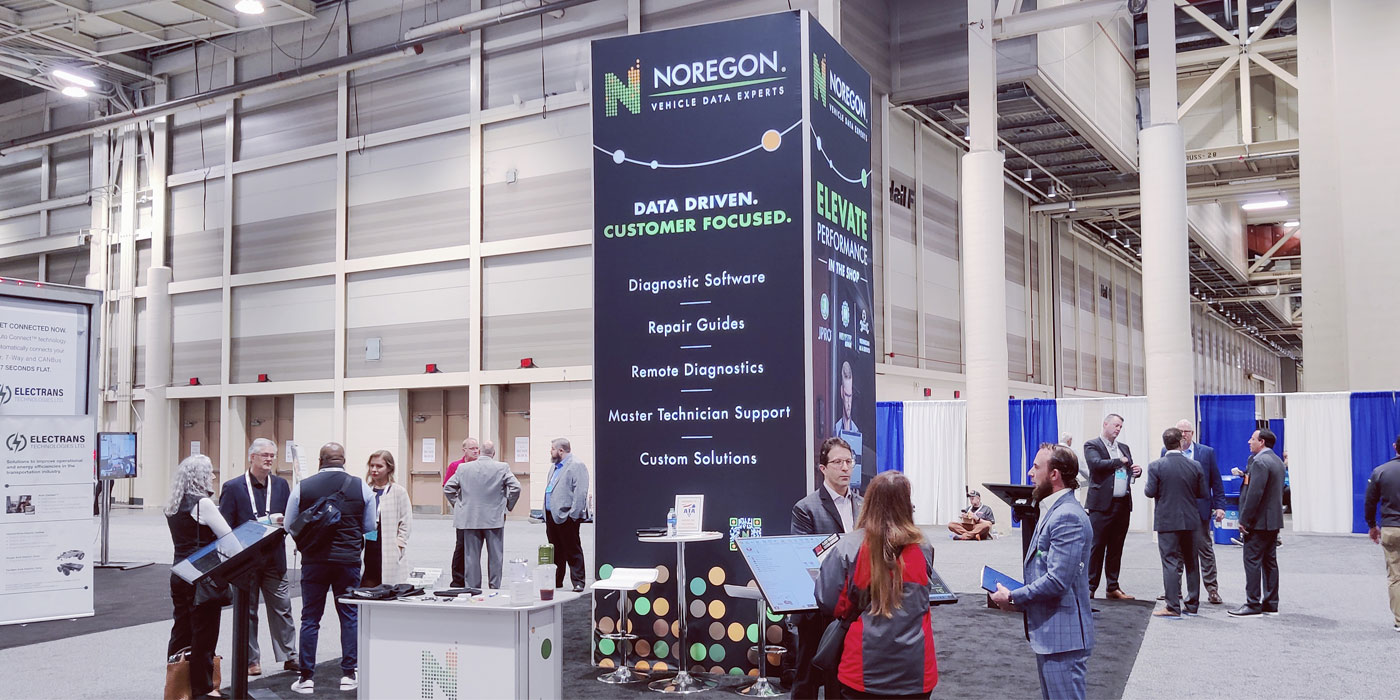There’s only so much blank page bandwidth in the print editions of Fleet Equipment. Often times, our sources will provide so much excellent info that it’s impossible to pack it all into the monthly magazine. Luckily, the Internet is vast and infinite. So here is a truckload of outtakes from our telematics feature story that we couldn’t cram into print.
What are the biggest macro-level data trends that fleets are tracking today?
Paresh Nagda, chief technology officer and vice president of product management with Teletrac Navman: “OEM integrated telematics systems can provide a means of connecting to a vehicle for improved vehicle and driver efficiencies. Autonomous vehicle technology is also driving much of the industry focus. Vehicle makers are testing the technology and expect it to be operational throughout the United States within 10 years. Convoys of autonomous trucks travelling along smart roads are envisioned not only as a more efficient means of transportation, but a safer means of moving people and materials. Already, automated emergency braking, lane switching and cruise control systems–part of what are known as Advanced Driver Assistance Systems–are taking over from the human driver and will soon become standard equipment.”
Michael Riemer, vice president of product and channel marketing,, Decisiv Inc.: “OEM installed telematics is one of the most important trends. Some OEMs may not allow access to location and driver behavior data while others, like Volvo, make this available as part of its partner services. So the brand of truck is probably just as important at the transport network. This means that as telematics companies really become software companies can they continue to evolve and compete in an era of cloud-based, big data solutions that was not really their legacy.”
Cyndi Brandt, senior director of product marketing for Omnitracs: “In terms of service times, answering how long it is really taking to service a truck and feeding that info back into the routing application to create more accurate route plans. In terms of fuel wasters, it’s understanding the impact of speeding and idling on fuel costs and whether it is a driver or vehicle issue.”
Gabriel Nave, director of business development with CalAmp Corp.: “More recently, there has been a lot of talk around vehicle utilization, particularly in service and delivery fleets, but relatively few companies are taking full advantage of all the engine diagnostics, vehicle location, speed and driver behavior data available to optimize their fleet.”
Ryan Driscoll, marketing director for GPS Insight: “Route efficiency is trending in fleet telematics from a three-way perspective, fuel, labor and efficiency. If a driver is taking inefficient routes, they are using more fuel than necessary to get from point A to point B. From a labor perspective, that could mean they are padding hours or working side jobs. From an efficiency standpoint, if the best routes are taken, that likely means more jobs completed per day and more money in the company’s pocket.”
Kelly Frey, vice president of product marketing, Telogis, a Verizon company: “Predictive analytics have become table stakes for telematics and mobile resource management platforms as operational executives and managers strive to increase fleet utilization and reduce unscheduled downtime.”
Frey pointed to the recent announcement of Telogis Spotlight, which provides fleet and other operational managers with up-to-date analytics about the health of each of their vehicles and driver performance. “The concept of Spotlight is to automatically curate important analytics information into dashboards and scorecards, and interpret the severity of diagnostic trouble codes, so that fleet managers and other operational staff are freed from having to sift through several reports or log into a portal to look for information that requires action. We are also making significant strides with ‘Big Data’ analysis and the integration of artificial intelligence and machine learning techniques, that support trip planning, dispatching and work optimization.”
What are the biggest surprises in terms of how fleets put data to work?
Thomas Konat, vice president of sales with Pedigree Technologies: “At Pedigree Technologies, we are continually surprised by the creativity and ingenuity of our customers. They look at the data we provide in ways that is often different than what we envision—so much so that we consult customers on a regular basis about functionality. In a recent case, our customer actually volunteered data from our system to their customer—in order to help their customer improve the fairness of the policy that was being developed to address wait times on job sites and compensatory requirements related to wait vs. work time. In the end, the data doesn’t lie and when it is presented in a simple, straightforward report or graph, the lines of communication become clearer.”
Colin Sutherland, executive vice president, sales and marketing, Geotab Inc.: “While compiling a database of information is useful to increase road safety and reduce costs, it also helps if there’s litigation, if a motorist attempted to sue on the basis of a snow-packed street, it can be used to prove that a street was plowed and salted before an accident. So telematics has evolved from a visual tool to an essential, integrated business data tool.”
Tom Fansler, executive vice president of product with PeopleNet; president of Vusion: “Whether it’s alerting a driver or a driver manager that a driver’s fatigue score is in a high risk zone and action needs to be taken, or letting a fleet manager know that a vehicle has an elevated risk of major component breakdown, fleets have increased opportunities to be proactive rather than reactive in managing their business. Those fleets that leverage these capabilities will have a significant competitive advantage vs. their late-adopting peers.”














